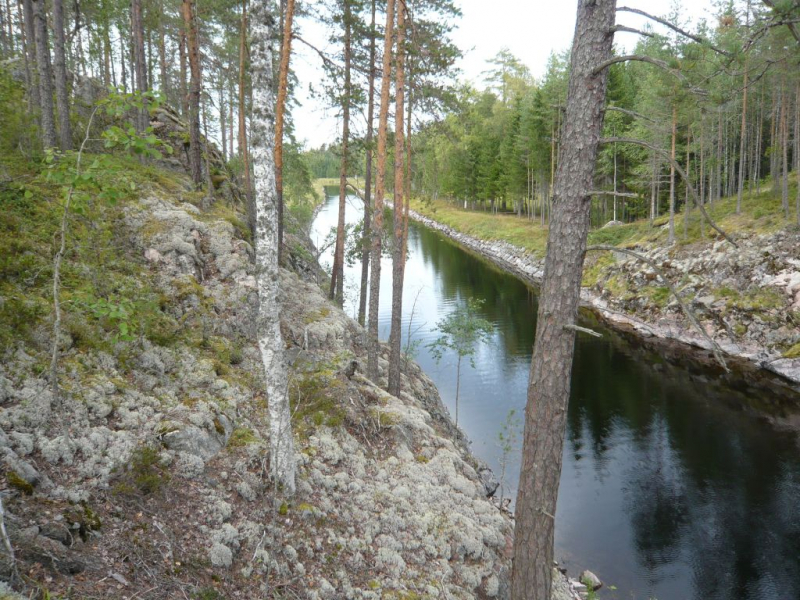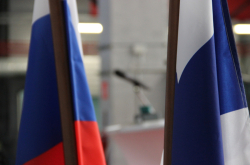Suvorov military canals is a complex of fortifications and waterways built between 1791–1798 on the border between the then-Russian Empire and Sweden on commission of Russian general Alexander Suvorov. Now, this cultural and historical object is located on the Saimaa lake in Finland, and is of interest to both the Finnish and the Russian side. The main goal of the project Suvorov Canals – from Forgetness to Tourism Fortress is to attract public interest and new businesses for the development of event and ecotourism within the Russian and Finnish territories.
“The history of these canals (Kutvele, Käyhkää, Kukonharju and Telataipale), the purpose they served, and the historical figure of Alexander Suvorov and his activities aren’t very well known in Finland. This project is aimed to promote tourist exploration of the routes taken by the general, develop recreational objects in the historical areas, and raise awareness among the population,” says Soile Lehtinen, a project manager and staff member at the Foundation for Recreation Areas in South Karelia.
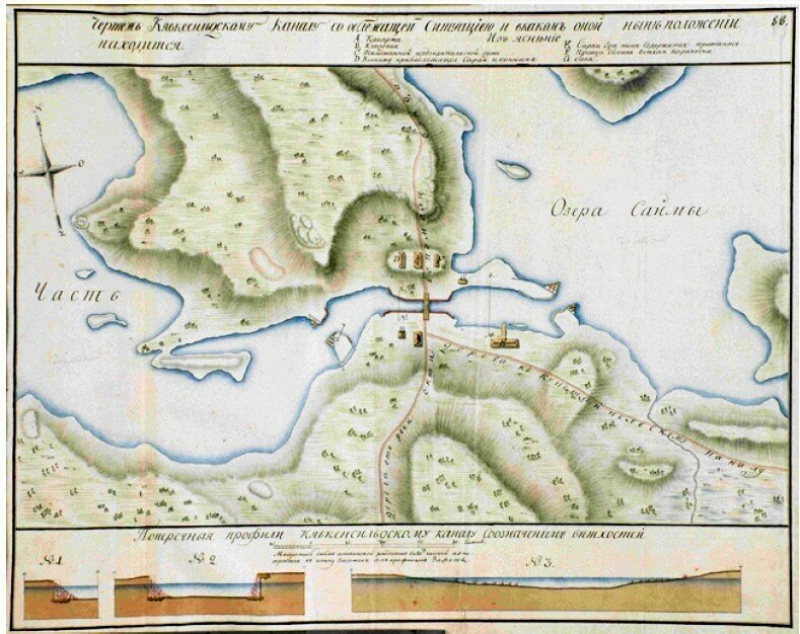
Initiated by the Finnish partners, the project unites the efforts of seven different organizations and structures, including the Foundation for Recreation Areas in South Karelia, Finnish Transport Infrastructure Agency, Southeast Finland Centre for Economic Development, Transport and the Environment, Information and Tourist Center of the Leningrad Region, Vyborg Center for Business Support, Losevsky Kurort Information and Tourist Center, and Museum Agency, which unites 28 museums of the Leningrad Region.
The project will be implemented over three years, during which it is planned to beautify the canals-adjacent territories, restore roads and bridges, create new tourist routes in the border area between Russia and Finland, develop the project’s brand, and organize a series of exhibitions and interactive thematic expositions in Vyborg and Novaya Ladoga. ITMO University’s Center of Usability and Mixed Reality has taken on the development of the informational and interactive components of the project.
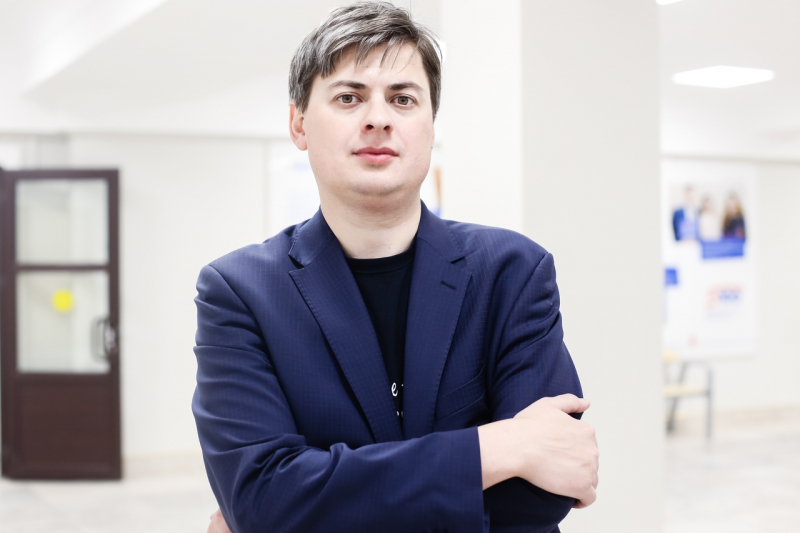
“Our main objectives include the promotion of the project and the creation of different multimedia content,” comments Artem Smolin, the Center’s director. “We already have a number of successfully implemented projects in the field of digital cultural heritage on our record. We also have the necessary competencies and experience of interdisciplinary work with teams of historians, arts and culture specialists, architects, tourism experts, and museum workers. For this project, we have to create a range of multimedia materials and an interactive map of the places linked with Suvorov’s activities – this will include tourist routes thematically related to historical sites and events. Using this map, anyone will be able to independently plan a bespoke travel route, which will give the project a new spin and hopefully will make it popular.”
The Center of Usability and Mixed Reality also conducts the development of a thematic multimedia exposition which will be presented as part of the project in the town of Vyborg. It will involve a range of video materials, including those in the 360-degree format. As of now, the project is still at the stage of preliminary preparations and discussions of the format of interaction between the participants: two onsite meetings in Finland and at ITMO University have already taken place, and the third one was held online on April 16.
It’s important to note that the Center’s involvement in the project became possible thanks to the contribution by Igor Kuprienko, head of ITMO University’s Project Activity and Fundraising Unit. The unit participates in the implementation of the large-scale 2014-2020 South-East Finland – Russia cross-border cooperation program, which initiated a wide range of projects, for example, BizCycle, aimed at developing bicycle tourism in the border region.
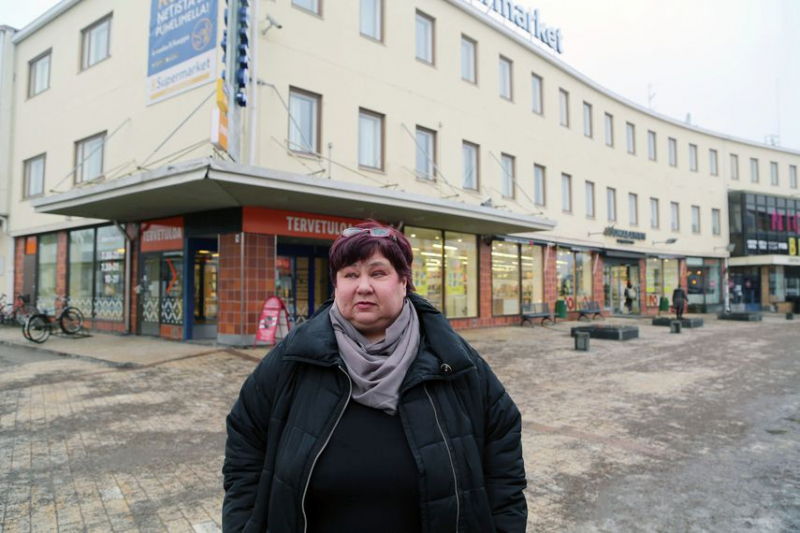
As noted by Soile Lehtinen, cooperation on this project will help further develop the relations between the two countries:
“The project will generate new cross-border event tourism and establish Suvorov Routes, a common cultural and historical route from Russia via Finland to Central Europe. Together with our Russian partners, we can create a truly great project which will become part of the European international cultural route. This will facilitate the development of sustainable tourism on both sides of the border and increase the potential of Russian-Finnish cooperation.”
